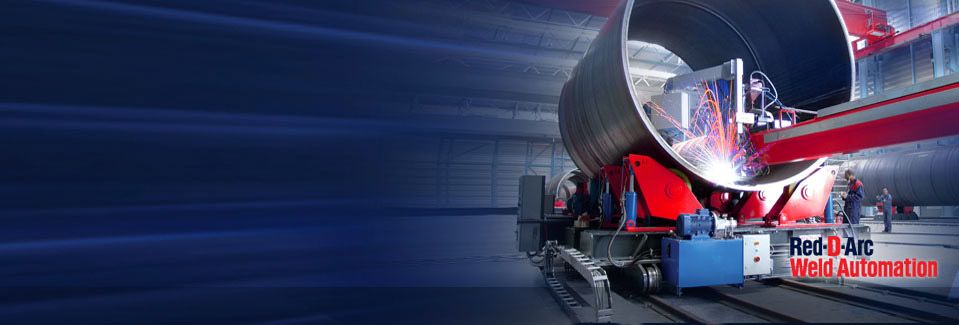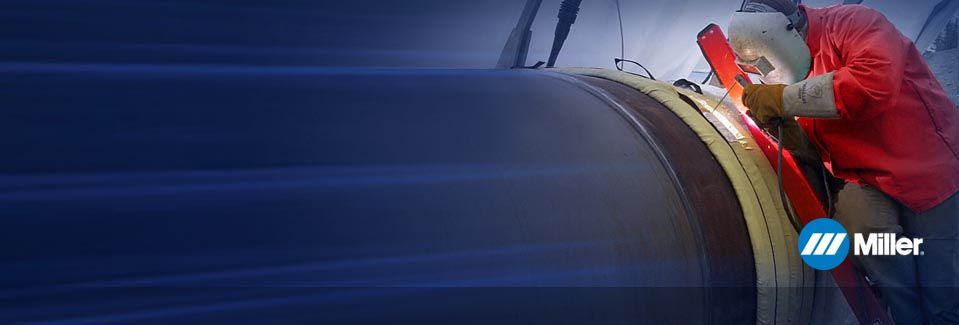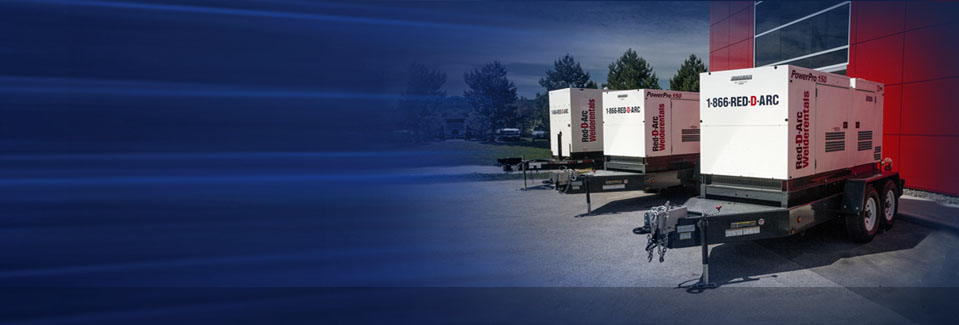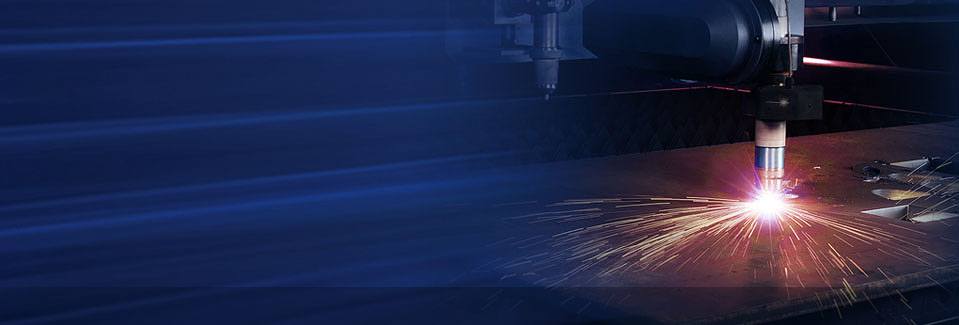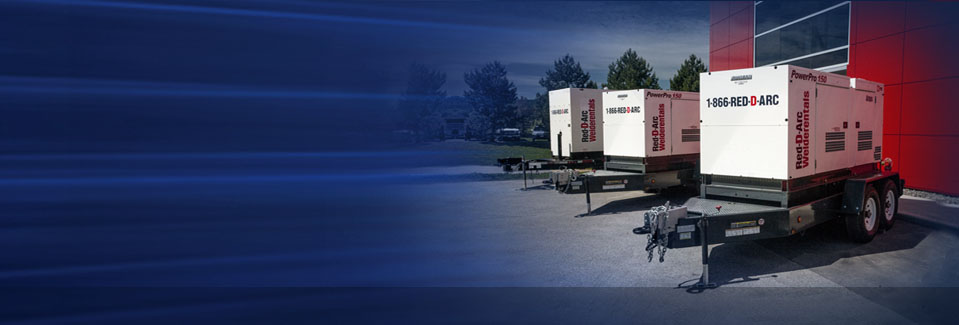Wednesday, October 22, 2014
Pipe Welding and Filler Metal Considerations
The pipeline industry and pipe
metallurgy has evolved over time, giving rise to a great demand for welding
processes and products. For this purpose, many multipurpose welding machines
with multi process capabilities have been developed with inverter based engine
drives. One of the key factors that welders need to determine in welding
process pipe is which wires provide the best results for every weld pass. They
also need to select the highest quality filler metal. Process piping has its
unique requirements and challenges where welders need to comply with strict
codes and take precautions to eliminate the risk of defects that could
compromise weld integrity. Some welders have moved from gas tungsten arc
welding to wire processes. Technologies such as pulsed gas metal arc welding
(GMAW-P) have the capacity to increase production and produce the highest
quality welds in process pipe applications. One of the major tasks of the
welder is to choose the right filler metal.
Types of filler metals
Carbon steel in diameters
from 4 to 36 inches is widely used in process piping applications. For the
semiautomatic process, the most common diameter is 18 inches or smaller. The
filler metal wire options in such applications are solid wire; metal cored
wire; and gas shielded flux cored wire. Each type of wire has its unique
features and benefits, which must be considered prior to selecting a filler
metal for the job. Solid wire is one of the most popular choices since a
greater amount of filler metals goes into the weld joint when compared with
SMAW electrodes. On the other hand, to speed productivity on process pipe welding applications that use SMAW or GTAW, tubular gas shielded flux cored
wire is an ideal alternative. They meet industry mechanical properties such as
high strength and side-wall fusion to help reduce weld defects. Metal cored
wires, like solid wires can be used with a modified short circuit GMAW process,
and allows welders to standardize one wire and gas for the entire application.
The Basics of MIG and TIG Welding
MIG is one of the easiest welding
processes to learn. However, there is more to MIG welding than running beads.
MIG or metal inert gas welding is one of the oldest techniques where a spool of
steel wire is fed through a liner and then out of a contact tip on the MIG gun
which is either heated or electrically charged when the trigger is pulled and
melts the wire for the weld puddle. This is accomplished through short circuit
welding. In this technique, droplets of molten wire which heats when short
circuited, flows to make a puddle as it touches the base metal.
Benefits of MIG welding
An inert gas like argon or helium
that flows from the gun keeps the weld puddle protected from the atmosphere.
Later on it was discovered that carbon dioxide also works well although it is
not an inert gas, which is why it is also known as GMAW or gas metal arc
welding. For the most part, MIG welding is an indoor process and is used in
shops and factories. One of the major benefits of MIG is the potential for high
productivity since there is no need to change rods or chip and brush welds
frequently. It is also easy to learn and can weld stainless steel, mild steel
and aluminum.
TIG welding
TIG or tungsten inert gas
welding is a process that uses a non-consumable tungsten electrode to deliver
current to the welding arc. The tungsten acts as a torch, generating heat,
which melts the metal. A filler metal is usually used. A shielding gas such as
argon protects the weld area from contamination. TIG welding is used to weld
thin section of stainless steel and non-ferrous metals like magnesium and
aluminum. TIG welding requires more skill and takes longer to master when
compared with MIG welding.





